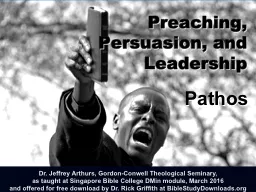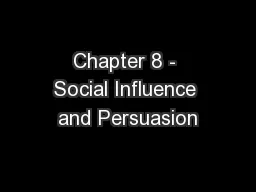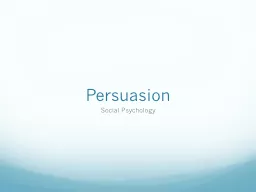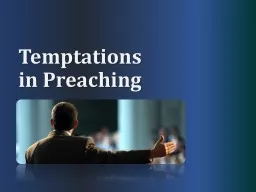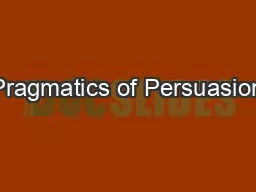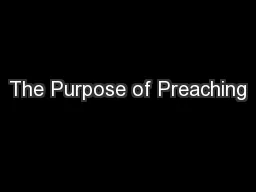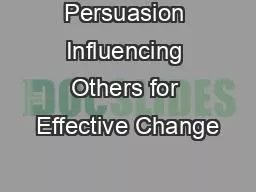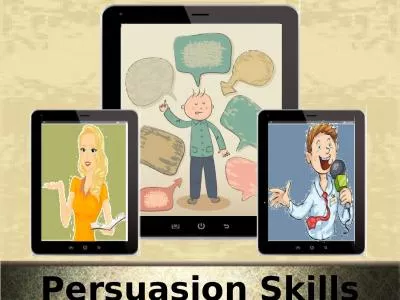PPT-Preaching, Persuasion, and Leadership
Author : min-jolicoeur | Published Date : 2017-03-30
Pathos Dr Jeffrey Arthurs GordonConwell Theological Seminary as taught at Singapore Bible College DMin module March 2016 a nd offered for free download by Dr Rick
Presentation Embed Code
Download Presentation
Download Presentation The PPT/PDF document "Preaching, Persuasion, and Leadership" is the property of its rightful owner. Permission is granted to download and print the materials on this website for personal, non-commercial use only, and to display it on your personal computer provided you do not modify the materials and that you retain all copyright notices contained in the materials. By downloading content from our website, you accept the terms of this agreement.
Preaching, Persuasion, and Leadership: Transcript
Download Rules Of Document
"Preaching, Persuasion, and Leadership"The content belongs to its owner. You may download and print it for personal use, without modification, and keep all copyright notices. By downloading, you agree to these terms.
Related Documents

